Alright – so today we’ve got the honor of introducing you to Kevin Komadina. We think you’ll enjoy our conversation, we’ve shared it below.
Hi Kevin, thanks for joining us today. If you could go back in time do you wish you had started your creative career sooner or later?
It’s an interesting question because I believe that creativity is part of our human DNA. I often hear people say “oh I’m not creative at all”, yet they have an incredible garden, or amazing home decor that they selected or they are incredible cooks. Creativity is part of all of us – its expression is what differs. I happen to create art. So our creativity begins at birth, or soon thereafter.
In terms of a career, I started late. I was in my third year of college as pre-med when I took a ceramics class. I was completely obsessed and loved pottery on the wheel. I was in the pottery studio nearly every day after finishing my studies, making pots, making clay and glaze, and firing the kiln. I looked into changing my major to Art, which would have added three more years of college, and I was not a risk taker back then. I took the easy path and went to medical school.
Ten years after getting my MD, I started taking community ceramics classes. The clay bug bit me again. I eventually built a home studio, participated in some art fairs, and commuted to Hood College in MD, from MN to obtain a graduate certificate in ceramic art in 2008. I taught ceramics in my studio, made pottery, ceramic murals and sculpture. My plan was to work as an MD till about age 55 or so and then retire to make ceramic art full-time. Though I had no idea how I was going to accomplish that for multiple reasons.
In July of 2012 the Universe solved my problem. I was diagnosed with Stage 1 multiple myeloma, a cancer of antibody-making cells. I took 8 months off from my medical practice for treatment. I returned to practice part-time in March of 2013 and found that I was unable to keep the pace because of ongoing treatment side-effects. I retired in June of 2013. I found that ceramics was too taxing to continue, and so I turned to painting. Initially, I just made marks on canvas paper; they were abstract, made without judgement. This was an important transition; I was fatigued, angry, and suffering from multiple losses simultaneously. Painting provided respite and connections, as I began to take some classes and workshops. The non-objective work ultimately gave way to realism, perhaps as a means of bringing order to the chaos of my life. I returned to portraits with my first painting, a grey scale study of my wife in acrylic, and from there I moved on, seeking challenging subjects and images. In short, my transition was made for me, I could no longer practice medicine, or my ceramic art. Painting saved my life and fortunately, I remain in remission.
So in answer to “sooner or later”, my creative career started when it was supposed to. Had I made the change in college, my life path would not be the one for which I feel eternally grateful and blessed to have had. I would not be making the art I make now without that life.
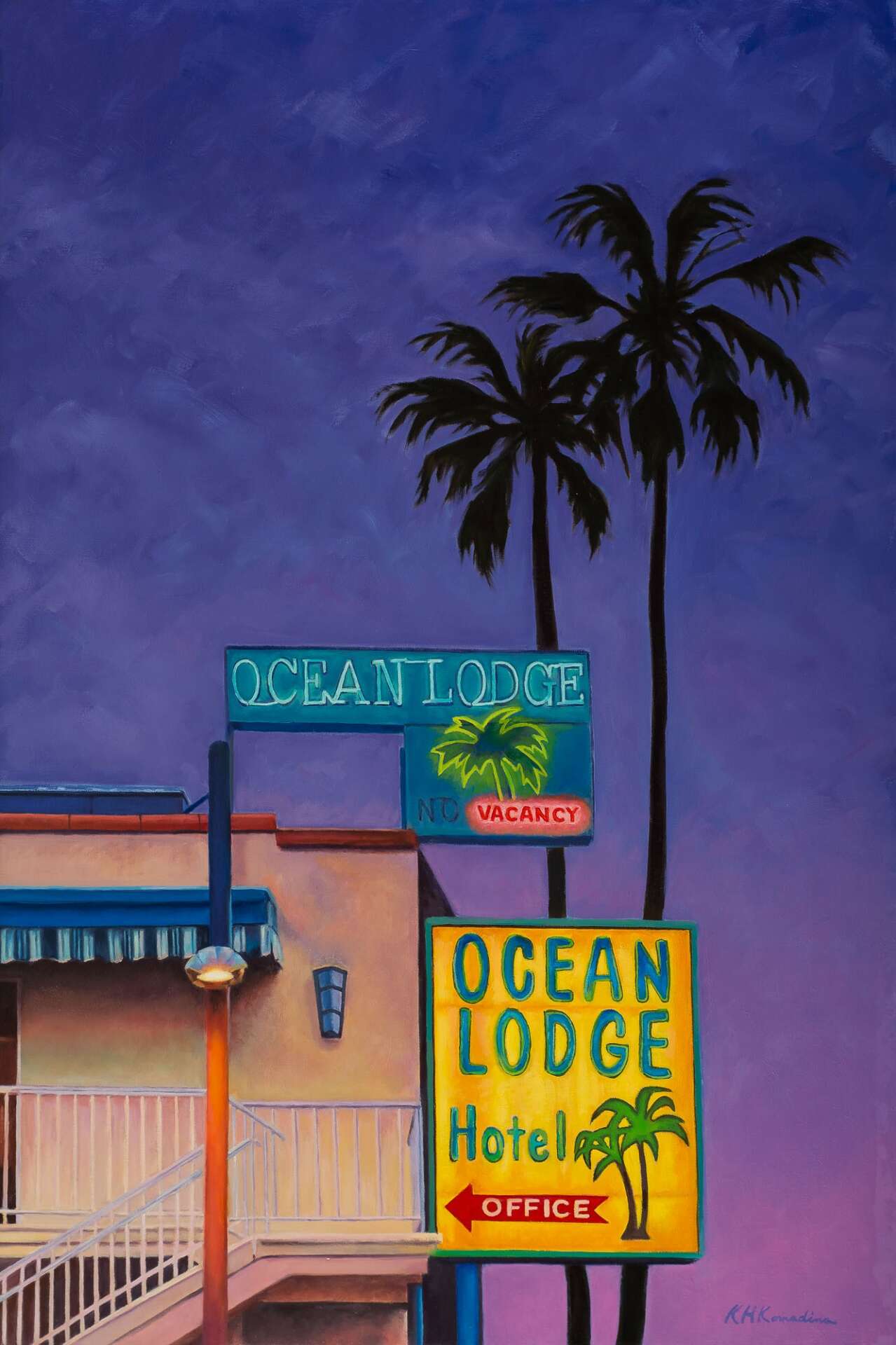
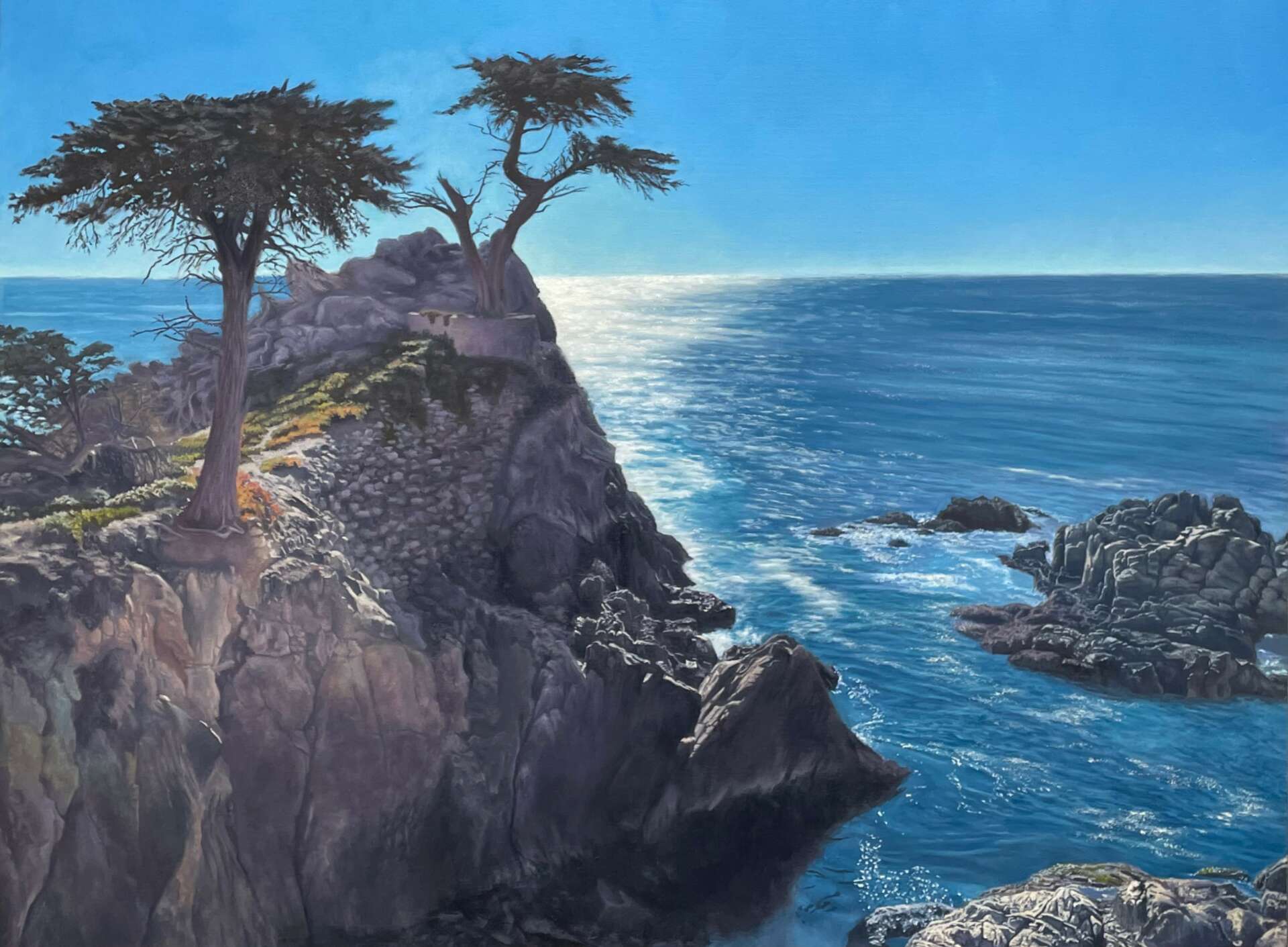
Kevin, love having you share your insights with us. Before we ask you more questions, maybe you can take a moment to introduce yourself to our readers who might have missed our earlier conversations?
I’ve spoken about my journey to art. I’d like to share a bit about the inspiration behind my work.
I am drawn to the colors, shapes, and textures of the world around us. My struggle to overcome my health issues taught me the value of the present moment and the fragility of life. My paintings of life, and of objects past and present, highlight our individuality, connectedness, and impermanence, as well as the beauty of the ordinary, encouraging us to be present to our surroundings.
My painting “Glory Days” is an example of this, except for the Sahara, the other casinos represented in the painting have closed. The artifacts that remain are broken and damaged, bulbs missing, metal bent, and paint peeling. Liberace is long forgotten by many today. They all had their time in the sun, but fame is fleeting. However, despite their imperfections and age, they retain a unique beauty. For me, if I had idealized the images in “Glory Days”, eliminating the imperfections, it would be less impactful. Our injuries, our disappointments, our imperfections are all part of the whole that make us human and give us depth.
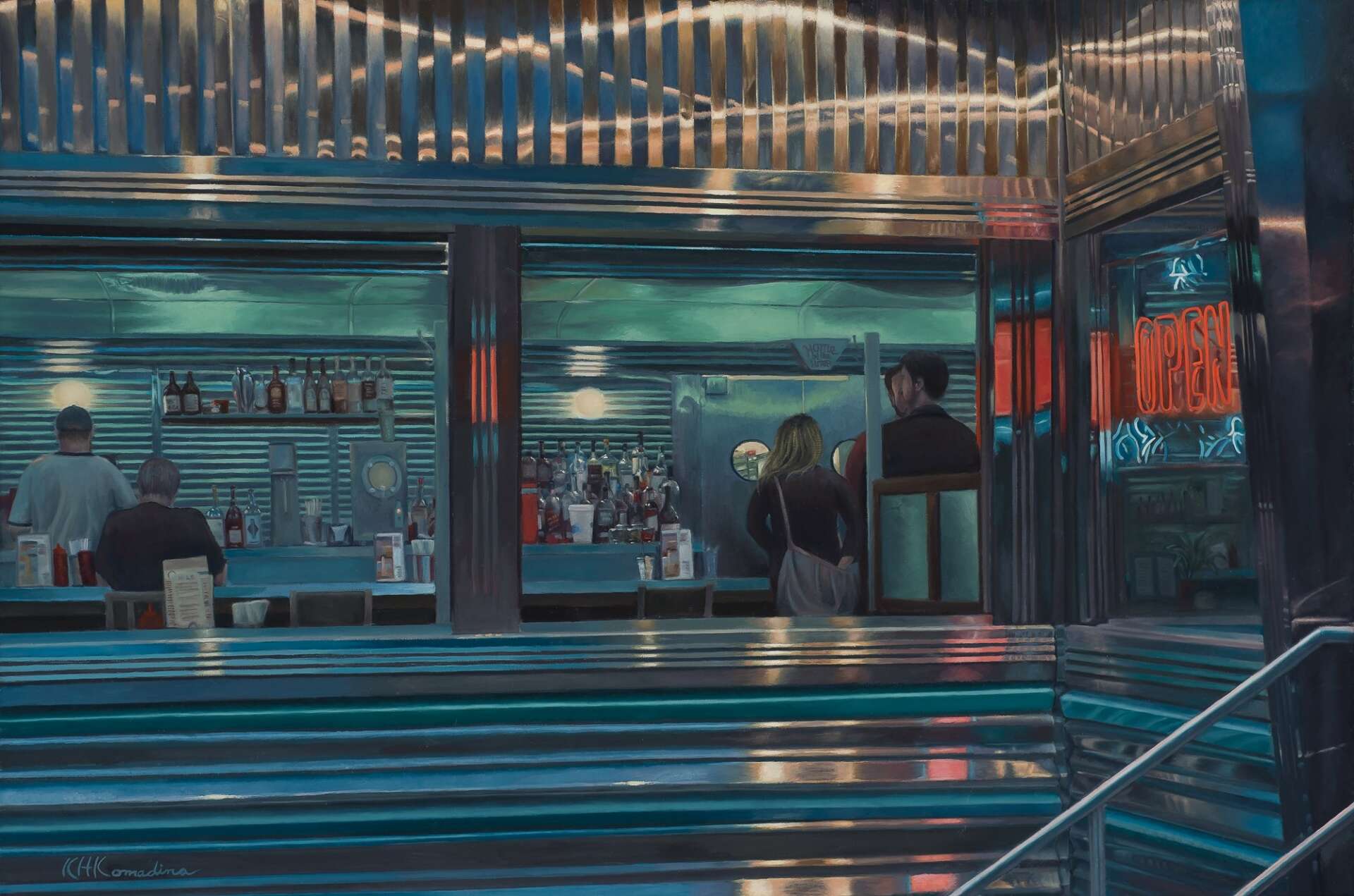
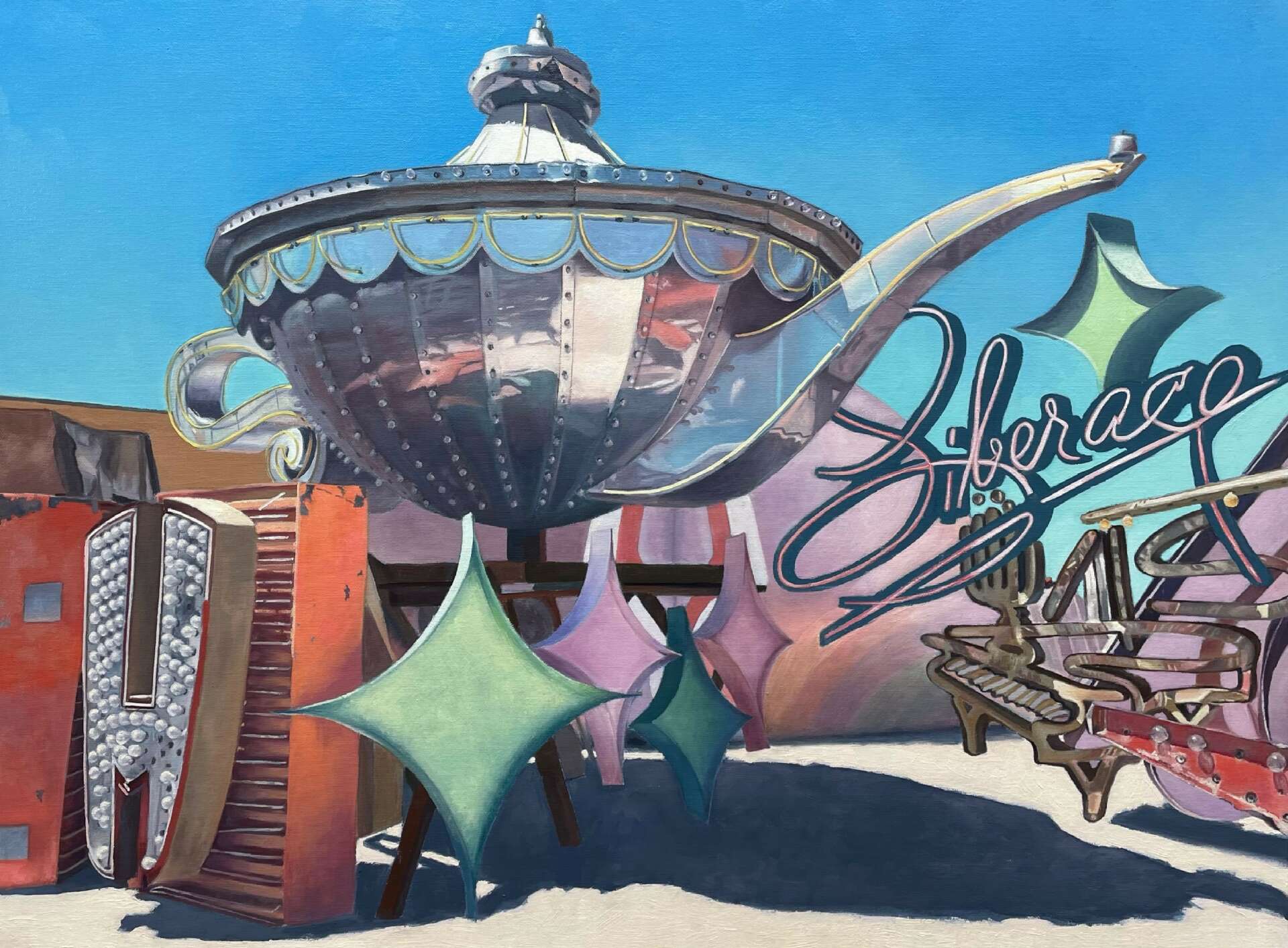
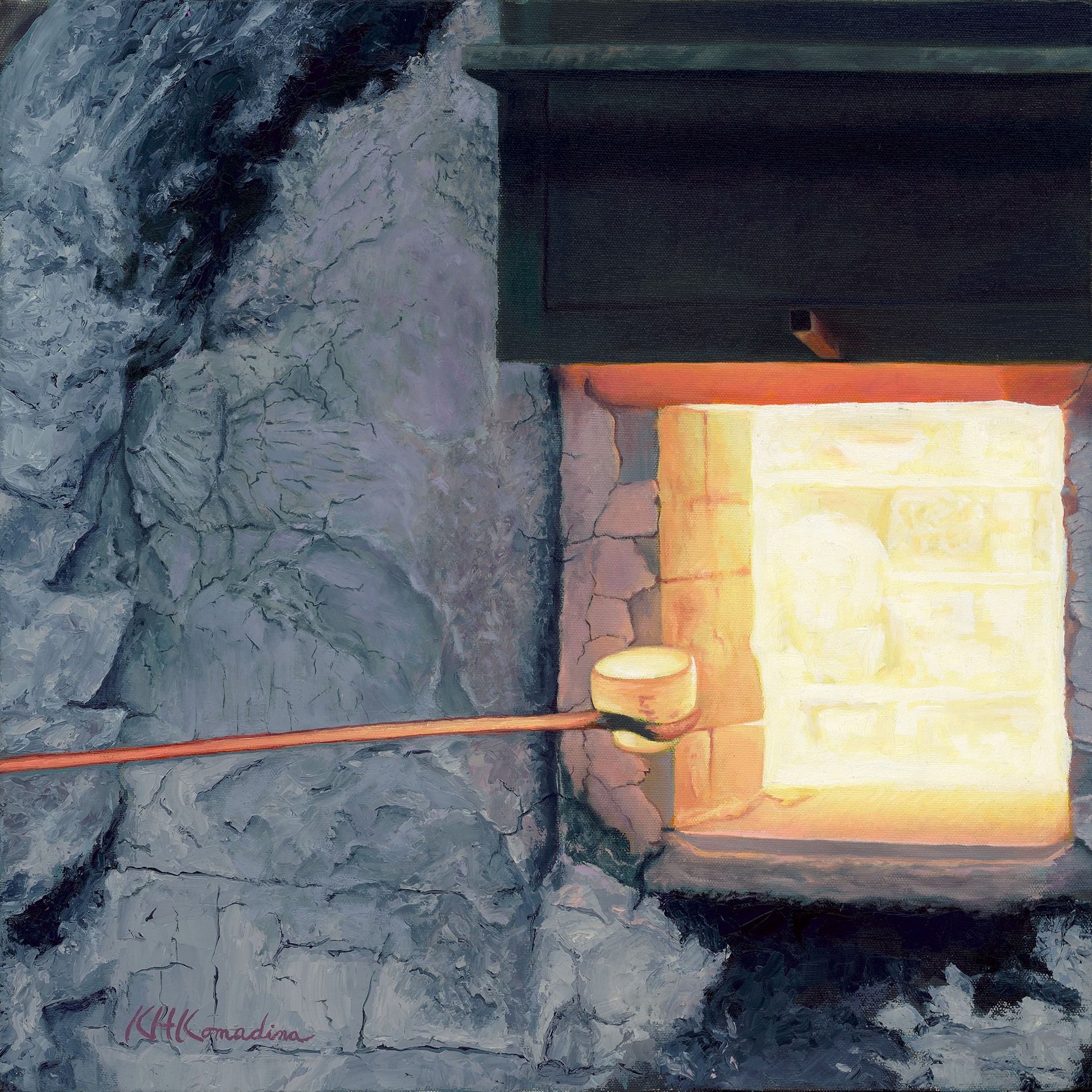
We’d love to hear your thoughts on NFTs. (Note: this is for education/entertainment purposes only, readers should not construe this as advice)
I’m ambivalent at best about NFTs. I understand that we are in the Digital Age and they are likely here to stay, but I think there is something missing about them. Starting in ceramic art, a very tactile media, the physical connection that happens when the artist forms the clay or puts the brush to canvas is important. It’s magical to see Michaelangelo’s David, or the Sistine Chapel ceiling in person, that can’t be conveyed with an image on a screen. It’s the difference between an audio recording and a live concert. NFTs lack the human connection.
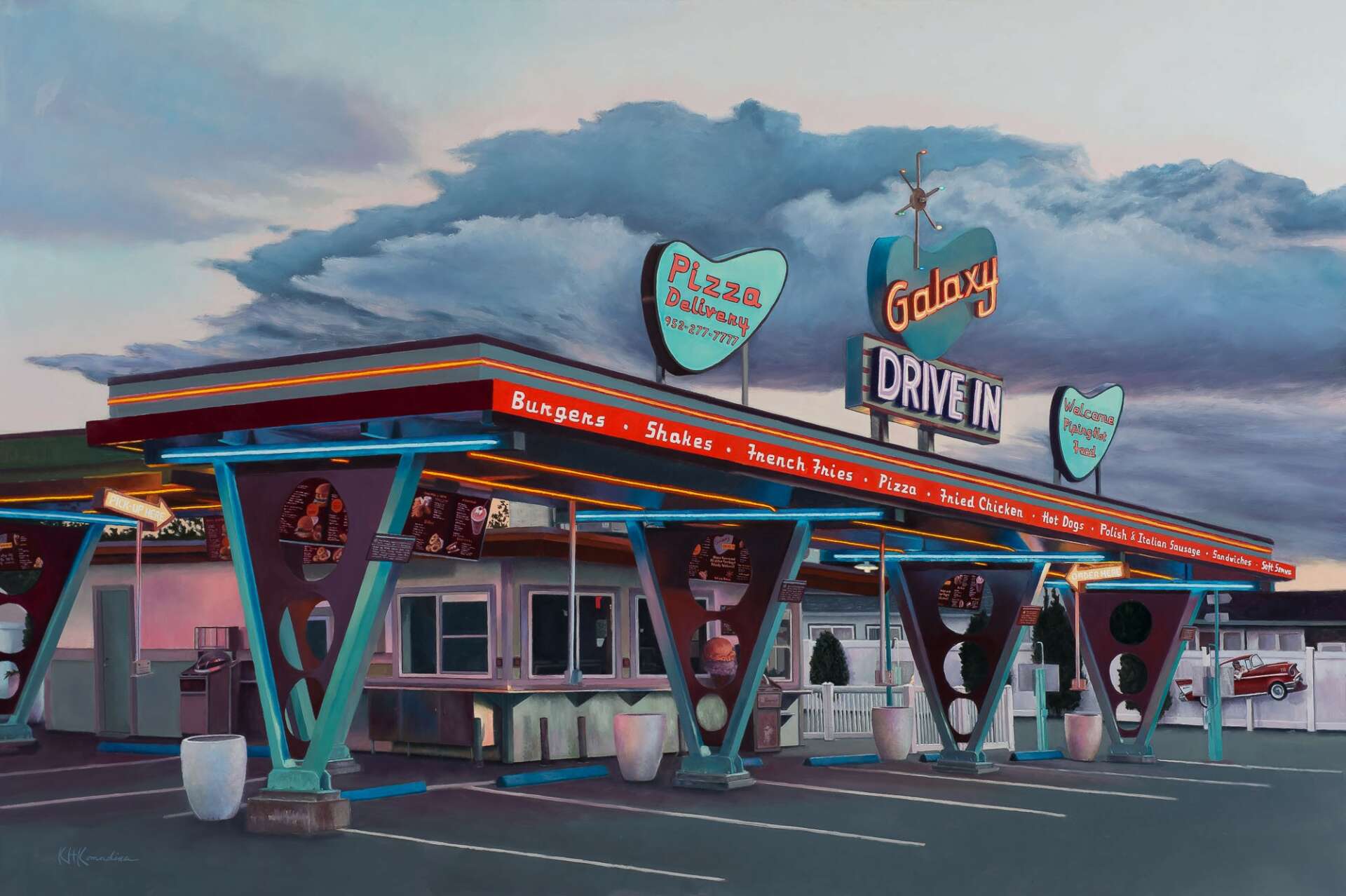

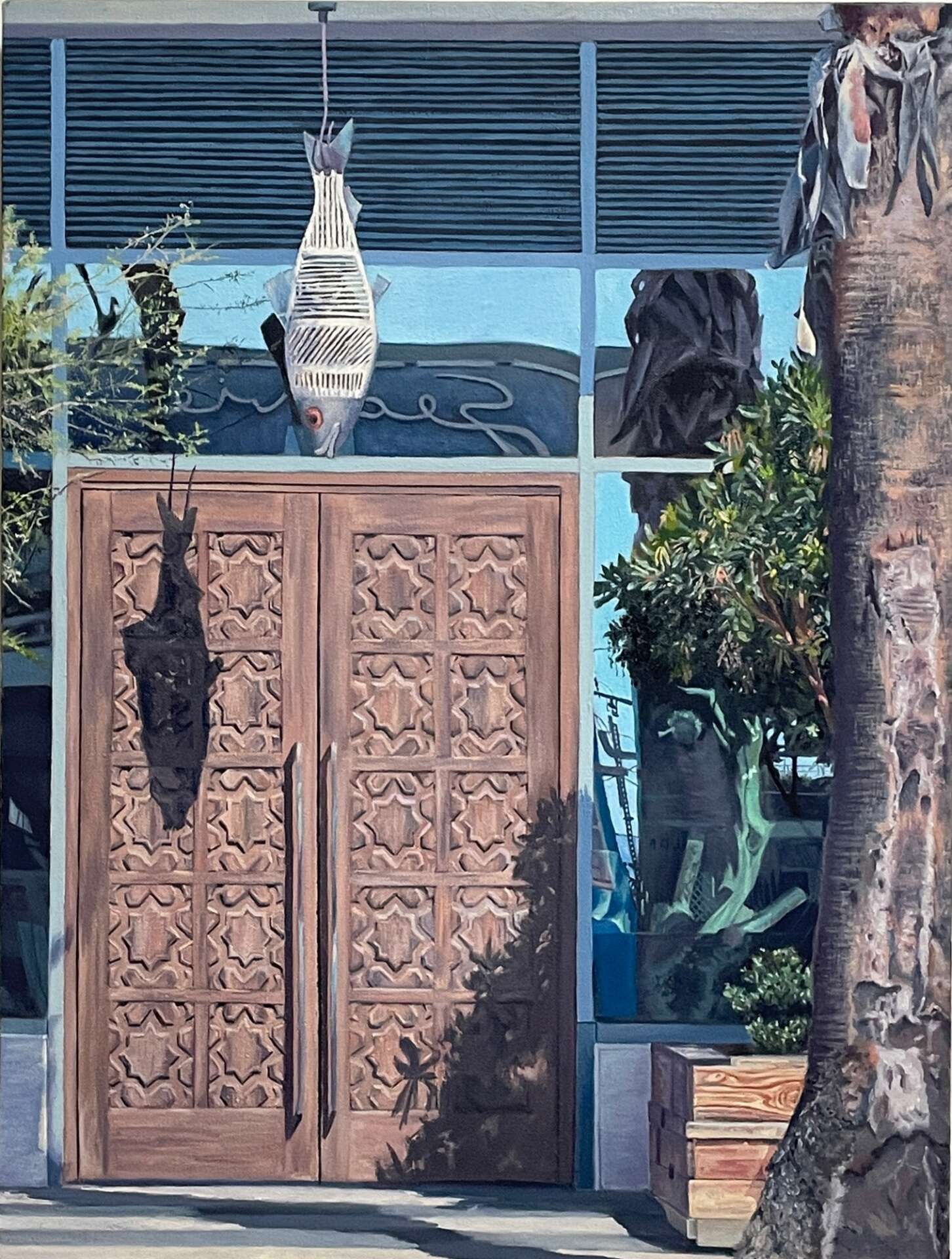
For you, what’s the most rewarding aspect of being a creative?
I enjoy meeting and interacting with people and learning things about them. For me, art is about communication and making connections, and that is what art shows and gallery openings allow.
One of the best things about art shows is that I have met people from all over the world: China, Korea, Germany, Japan, Belarus, England, Italy, Spain, Mexico, Chile, to name a few, and different parts of the US. I find them to be amazing and beautiful people, and I learn so much from them. The world needs more of that. We all need more of that.
Contact Info:
- Website: https://www.khkart.com
- Instagram: https://www.instagram.com/khkomadina_art/
- Youtube: https://www.youtube.com/watch?v=k43a2JZgU3M
Image Credits
Images 2,3,4 and 5 archival photos by Mitch Rossow, others by myself.


